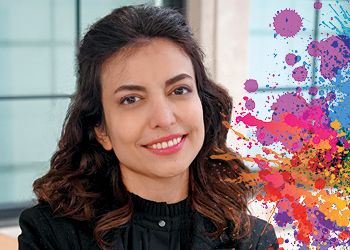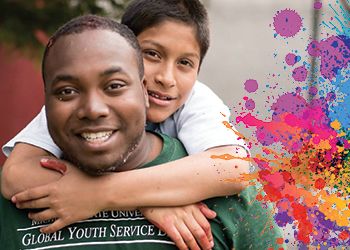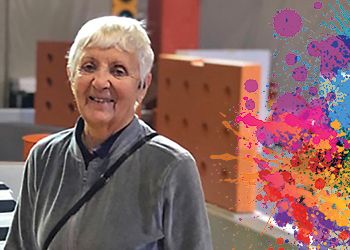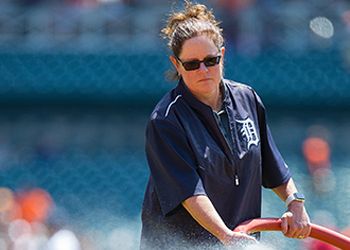All In: Bring Together

All In: Bring Together
By creating community and promoting inclusion, these alums bring belonging to life with everything they do.
February 1, 2023MARYLOU IVERSON – PLAY AREA EXPERT
As the head of Oregon-based Iverson Associates, MaryLou Iverson, ’57, consults with municipalities, manufacturers and organizations around the globe on the risk, safety and accessibility of children’s play areas.
My story begins with my father, Arch Flannery, who was the parks and rec director in my hometown of Battle Creek, Michigan. As his enthusiastic tagalong, I knew every park and playground around Battle Creek and received a firsthand look at how parks could uplift communities and make a city shine.
Being Arch Flannery’s daughter left no doubt in my mind I would pursue a career in parks and recreation, though I confess I had no idea where that might lead.
After two decades in parks and rec leadership positions across Colorado, Oklahoma and Washington, one of the nation’s few women holding a director’s role in the 1980s, I veered away from the public sector in 2000. I started Iverson Associates, a consultancy focused on creating safe play spaces for children.
Over the years, I’ve worked alongside municipalities, restaurants, museums, amusement parks and more to develop safe play spaces for children, including helping to usher in some now ubiquitous features developed through industry standards and guidelines. As a mother, grandmother and great-grandmother, it became a personal mission to ensure all children could enjoy safe play spaces.
And I do mean all children.
A special education teacher once asked me to visit and observe how her students with special needs interacted with their indoor playground. I immediately noticed fright overtaking some children. Though some might crawl up to the playground’s second story, fear often paralyzed them once there. They could not decide to go left or right or descend down the slide. But when they overcame that fear, often with a mix of cajoling and thoughtful playground design rooted in empathy and understanding, I saw worlds change. Their ability to make decisions on the playground empowered the decision-making elsewhere, including the classroom.
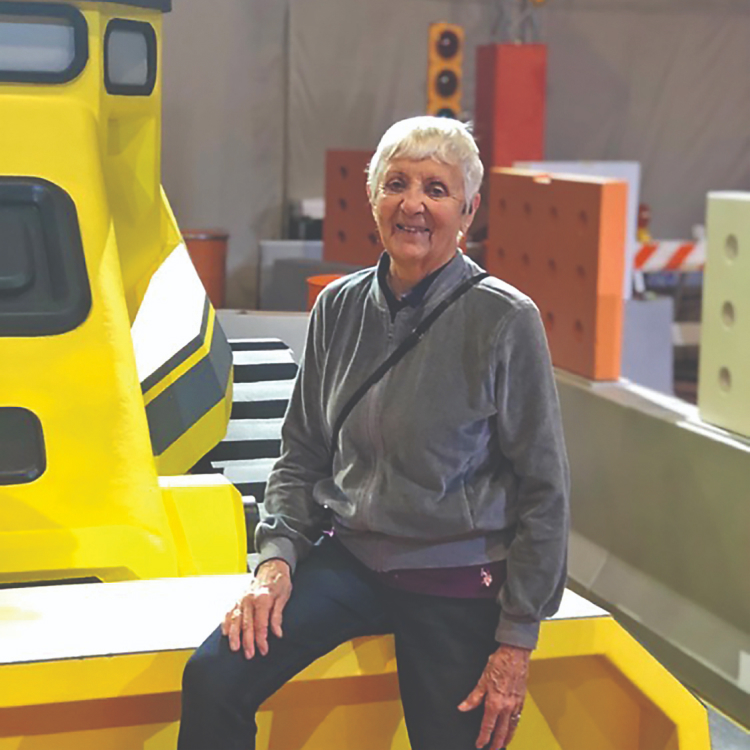
Today, I can look upon a park and see kids of all abilities playing together. I see children using their imaginations and looking out for one another. The playground is a space of belonging, of friendship, of learning.
At a professionally active 87 years young and with the support of my five sons, I remain enthusiastic about my work because I understand the value of creating safe, accessible play spaces for all children. I still get a kick out of attending a project’s opening day and watching kids quickly fill a space. Seeing their smiles and hearing their laughter, I’m glad I was Arch Flannery’s daughter.
KIM STEED-PAGE, MSW ’01, COLLEGE OF SOCIAL SCIENCE
Director of MSU’s Student Parent Resource Center. Supporting student parents and caregivers and their families on and off campus.
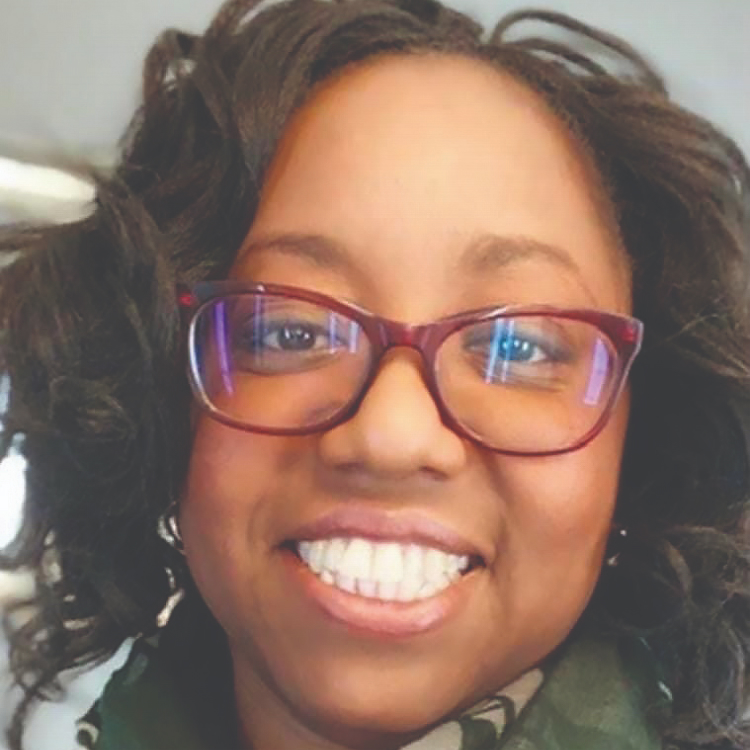
“The student parents we work with identify as parents first. They also happen to be students, but if their children’s needs aren’t met, it’s hard for them to be successful in school. We assist parents and caregivers in fulfilling those needs—for their families and themselves.” That population, which accounts for more than 5% of MSU students, is wide-ranging.
“Some join us with a family already, others start one during their time here, and others become caregivers to siblings or elderly parents. My philosophy is, when we admit you to MSU, we are accepting you and everything that is important to you—including what you pick up along the way.” That’s why the SPRC’s support doesn’t end at graduation.
“Our approach is multigenerational. We know when a student earns a degree, their child is 10 times more likely to go on to higher education or trade school. It’s a holistic way of helping reduce generational poverty and break the cycle because having trained certification leads to greater income for families.”
ZACHARY CRAWFORD, COLLEGE OF SOCIAL SCIENCE
Public policy major and student supervisor for MSU Tours. Designer and coordinator of campus tours for students, families and groups from across the globe.
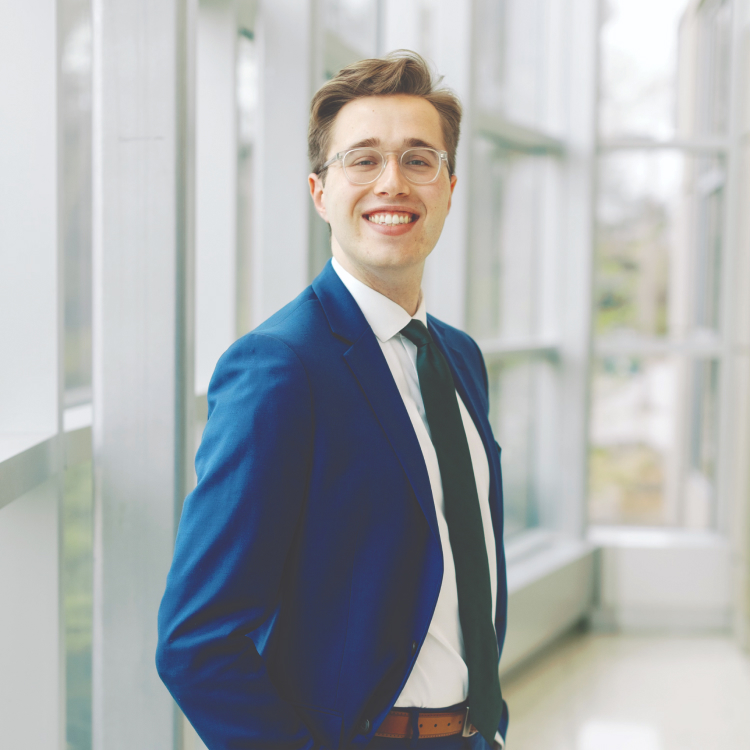
“Having a shared sense of connectedness is something that builds communities and makes them stronger.” That’s what Crawford aims to demonstrate when he coordinates campus tours. “It doesn’t matter if they’re prospective students, or international or affinity groups—regardless of their background, if you build a route that’s based off the shared experiences of everyone on campus, the tour group is going to feel that.” Crawford knows from experience the value of connection.
“I was originally a hospitality business major, but two years ago, I switched to public policy. That’s a completely different college with new social and academic dynamics. I knew things were going to change. But when I stepped out of my comfort zone, I found a collaborative environment, and I became more confident sharing the ideas I’m most passionate about. That’s something that applies to anything you’re involved in. If you feel included, you’re more likely to collaborate and build something wonderful.”
ELLIE MITCHELL – INDIGENOUS ARTIST
A member of the Saginaw Chippewa Indian Tribe, Ellie Mitchell, ’10, is the founder of Bead & Powwow Supply, a business selling supplies for contemporary Indigenous art. Mitchell also works at MSU’s Native American Institute.
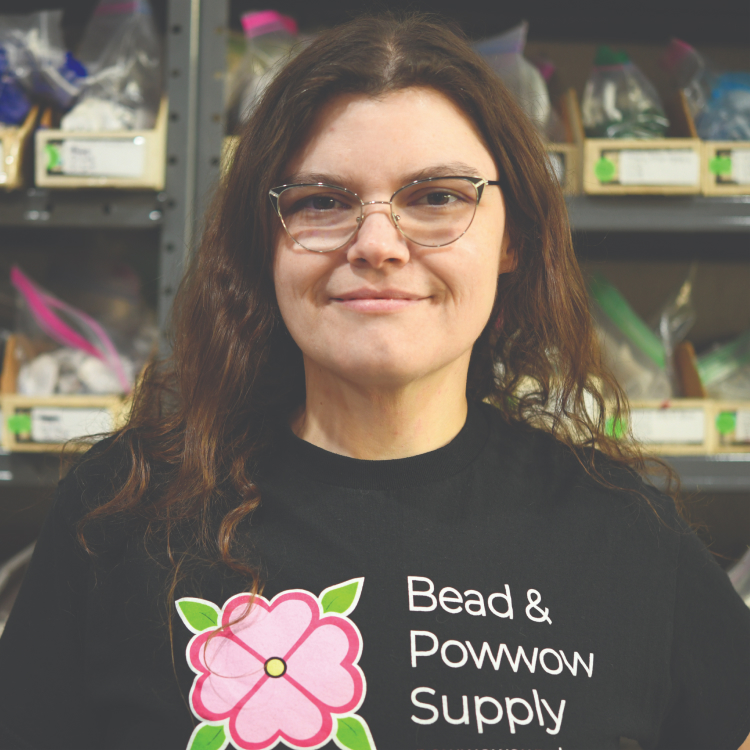
When I launched Bead & Powwow Supply in 2011, practicality guided the decision. I graduated from MSU during a recession and struggled to find employment, so I did what many Indigenous people do: I turned to art.
I learned Anishinaabe beadwork as a student at the Saginaw Chippewa Academy in Mount Pleasant, Michigan, and thought employing those skills might help me earn some money. However, I struggled finding a reliable source for supplies. Realizing other Indigenous artists faced the same issue, Bead & Powwow Supply became my opportunistic attempt to fill that void.
My initial business plan centered around selling supplies direct to Indigenous communities. This strategy required I become a traveling salesperson. I spent dozens of weekends each year at powwows around the Great Lakes and from the Atlantic to the Rockies.
Traveling the powwow trail introduced me to Indigenous communities outside my own tribe. I learned about different art styles, dances, languages and ways of being, and I developed a deeper understanding of history as well as the strength and resilience of Indigenous peoples. Every powwow became a meaningful and humbling opportunity to hear stories and different perspectives, an experience that touched my spirit.
I also began to understand art’s role in shaping Indigenous peoples’ lives. There were the parents who provided for their children by selling art and those who did beadwork to process their emotions. There were people who incorporated creating art into their journey of recovery and the many powwow dancers who danced for their health. I saw art is essential to mental, physical, emotional and spiritual well-being.
I learned beads were not just a product. For many, they were the pathway to culture, community and healing. This knowledge led me to view Bead & Powwow Supply as more than a business; it became a mission. I embraced the opportunity to offer access to cultural practices and strengthen the bonds of community.
A dozen years later, I look back grateful I could not find a job after graduation. Starting Bead & Powwow Supply empowered me to visit so many communities and meet so many people. Daily engagement with my culture adds meaning to my life and, more importantly, helps others use art to find their balance and connect to their ancestors.
JORDYN DAVIS, ’19, M.A. ’21, COLLEGE OF MUSIC
Award-winning musician and composer Jordyn Davis knows the harmony created by a sense of acceptance.

“We heal in community. Without my community, I would not still be here creating and uplifting folks.” Davis co-founded Color Me Music during her time at MSU, an organization which continues to build a community for musicians of color on campus.
“I have done a lot of work as a leader in music, bringing people together and working in communities because I continuously throughout my life have felt like an ‘other.’ I’ve always been the only Black woman in a space, the only woman in a space.” So, Davis created a space for Spartan musicians of color to collaborate. “We were just there to learn and to love and to make music.”
In a journey that began in engineering and led to music, Davis celebrates her individuality and wants to help others do the same. “I have committed my musical life and my life to creating community and being a part of community. There’s a space for everyone here. We all belong.”
Contributing Writer(s): MaryLou Iverson, Kim Steed-Page, Zach Crawford, Jordyn Davis, Ellie Mitchell



